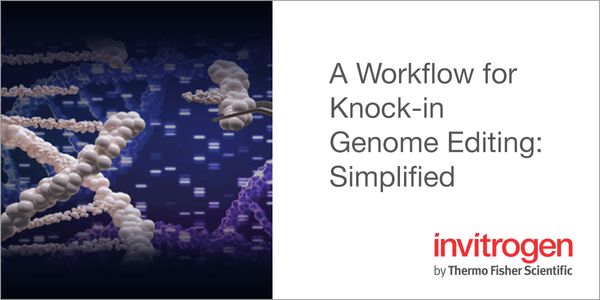System neuroscience
System Neuroscience is a combined field of science combining principles of systems biology (the mathematical modeling of biological systems) and neuroscience (the study of the nervous system, including the brain). System neuroscience focuses on the structure and function of neural systems.
-
Mechanistic understanding of neural systems is daunting to achieve in large part due to the heterogeneity of the neuronal elements in both form and function and the complexity of the circuit...Speaker: Emre Aksay, PhD , Mark Goldman, PhD , Sebastian Seung, PhD , Ashwin Vishwanathan, PhDPresented at: Neuroscience Virtual Event Series 2020
The accumulation of neurotoxic amyloid beta peptides and/or neurofibrillary tangle formation are key pathological hallmarks of neurodegenerative diseases including but not limited to Alzheim...
Speaker:
Michael Heneka, PhD
The public health burden of Treatment Resistant Depression (TRD) has prompted clinical trials of deep brain stimulation (DBS) that have, unfortunately, produced inconsistent outcomes. Potent...
Speaker:
Wayne Goodman, MD
, Nader Pouratian, MD, PhD
, Sameer Anil Sheth, MD, PhD
Presented at: Neuroscience Virtual Event Series 2020
The neural basis of simple rhythmic and reflexive behaviors such as swimming and gill withdrawal have been successfully studied in nudibranchs and other gastropod molluscs because the brains...
Speaker:
Paul Katz, PhD
, Jeff Lichtman, MD, PhD
, William Frost, PhD
, Deidre Lyons, PhD
, Vince Lyzinski, PhD, B.Sc, M.Sc, M.Sc.E.
Presented at: Neuroscience Virtual Event Series 2020
Although neuroscience has provided a great deal of information about how neurons work, the fundamental question of how neurons function together in a network to produce cognition has been di...
Speaker:
György Buzsáki, PhD
, Attila Losonczy
, Mark Schnitzer
, Ivan Soltesz
Presented at: Neuroscience Virtual Event Series 2020
The US Brain Research through Advancing Innovative Neurotechnologies is a research program focused on building fundamental knowledge of how brain circuits process information to enable human...
Brain function is remarkably reliable despite the imprecise performance of neurons, and the continuous perturbations caused by aging, disease or injury. How does the brain succeed in produci...
Speaker:
Adrienne Fairhall, PhD
, Tim Gardner
, Carlos Lois, MD, PhD
Presented at: Neuroscience Virtual Event Series 2020
Autosomal dominant missense mutations that hyperactivate the LRRK2 protein kinase are a common cause of inherited Parkinson’s disease and therapeutic efficacy of LRRK2 inhibitors is be...
























